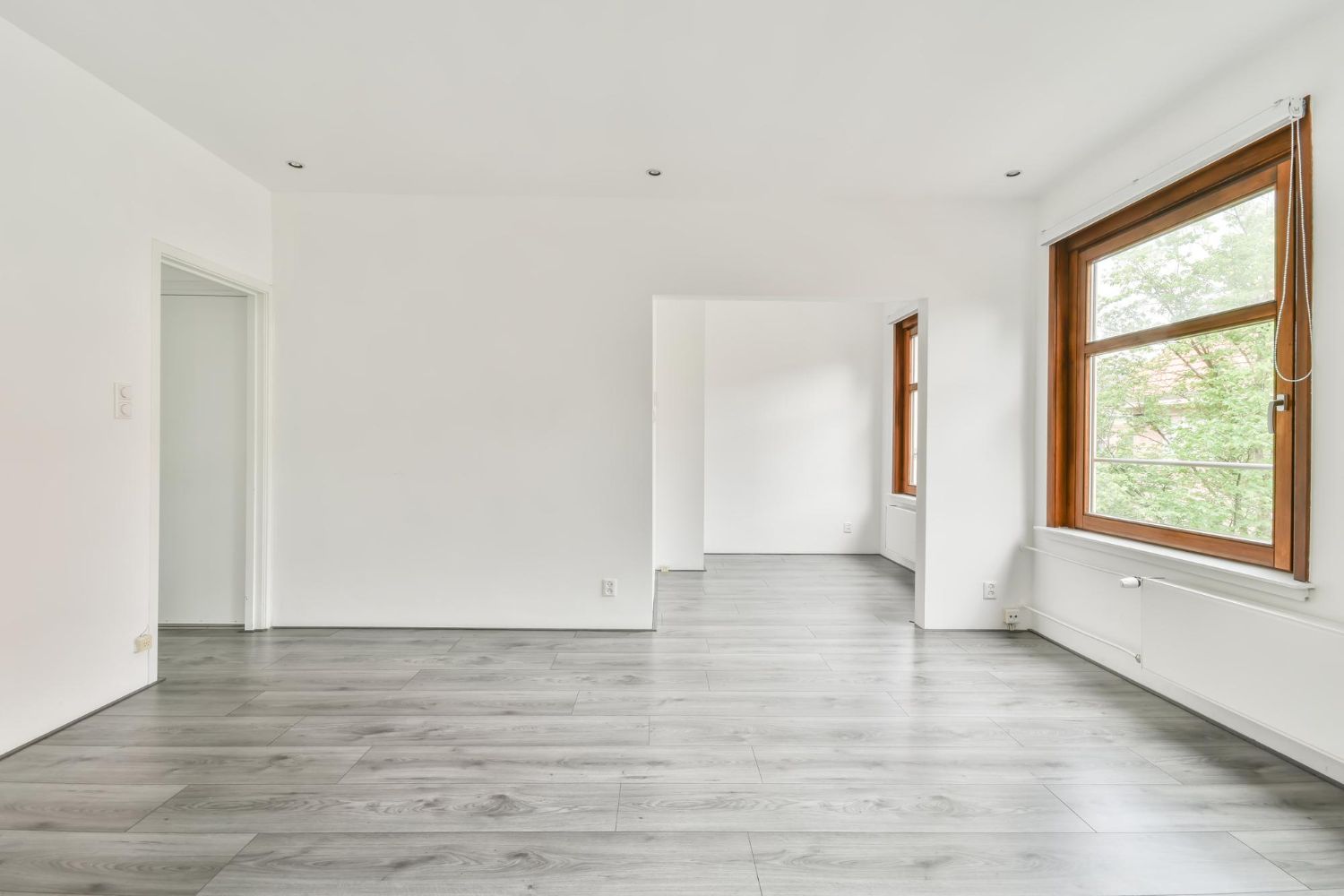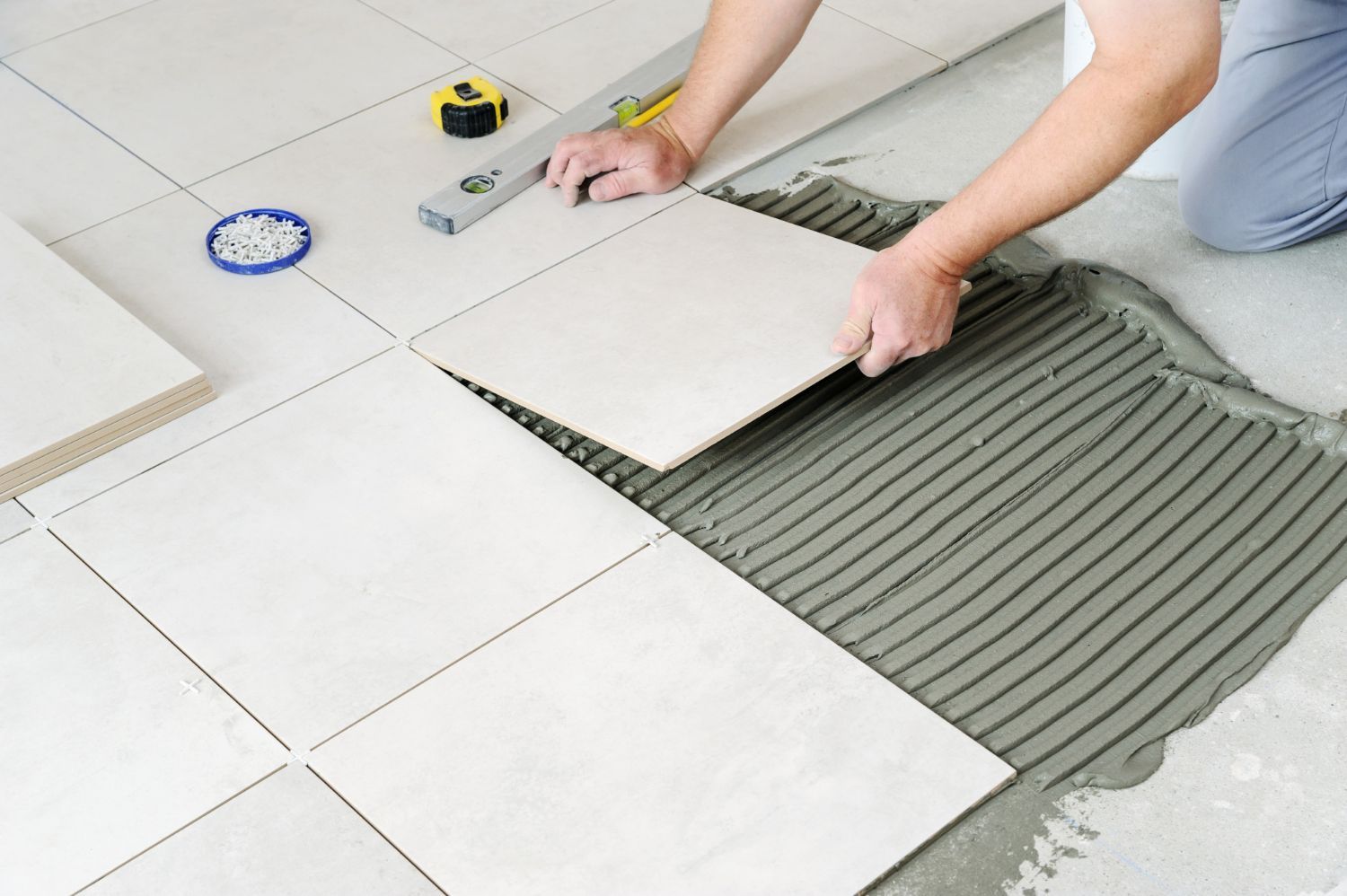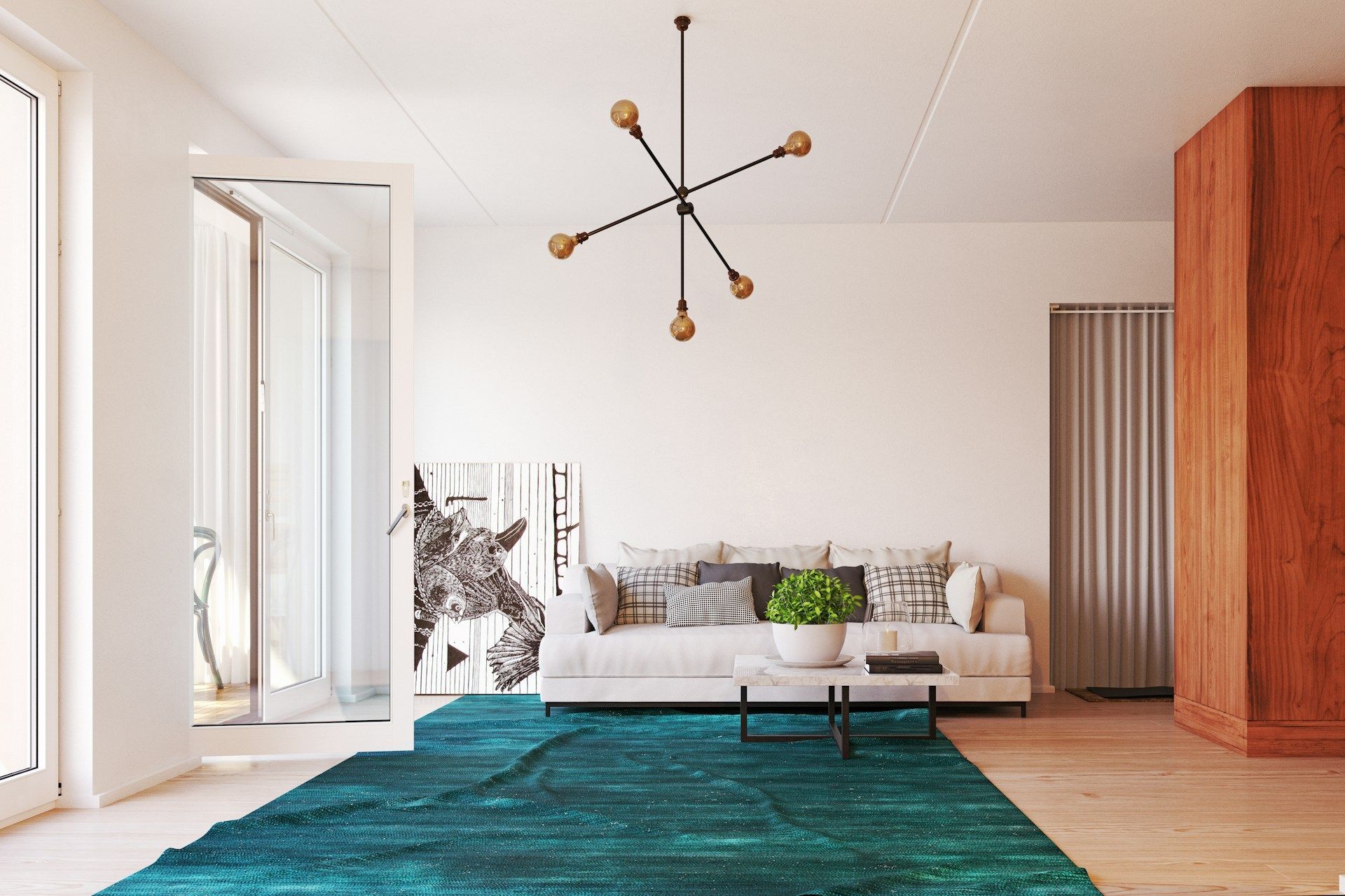Hardwood floors bring warmth and beauty to your home, but even the toughest wood can get scratched over time. Everyday wear and tear from foot traffic, furniture, or pets can lead to unsightly marks. Left untreated, these scratches can make your floors look dull and take away from their natural charm.
It's important to address scratches promptly, not just for looks but to protect your floor's life. Some scratches are easy to handle with simple DIY methods, while others might need a bit more attention. Knowing which approach to take can save you both time and stress.
Understanding how to care for scratches also involves taking steps to prevent them in the future. A few clever strategies can go a long way in keeping your hardwood floors looking fresh and clean. With the right know-how and a bit of elbow grease, you can tackle scratches and continue to enjoy the beauty of your wood floors for many years.
Identifying Types of Scratches on Hardwood Floors
Understanding the different types of scratches is crucial in deciding the best repair approach for your hardwood floors. Scratches vary in depth and cause, affecting how they should be treated.
First, let's look at surface scratches. These scratches affect just the finish of the hardwood without digging into the wood itself. They often occur from grit and dirt grinding against the finish. These are the easiest to fix because you just need to restore the finish layer.
Next, there are minor scratches. These penetrate slightly into the wood but don't go deep. Causes include moving furniture or toys across the floor. Though deeper than surface scratches, they remain fairly easy to repair.
The most troubling are deep scratches and gouges. Often caused by dragging heavy furniture or high-heeled shoes, deep scratches cut through the finish and into the wood. They can be challenging to fix and sometimes require professional intervention, especially if you want to preserve the original look of the wood.
Carefully assess your floor to determine the kind of scratch you are dealing with. This knowledge is the first step in deciding your course of action and ensuring you choose the best method for repair.
Simple DIY Methods for Minor Scratches
Handling minor scratches on your hardwood floor can often be done with simple DIY methods. Many of these fixes don't require specialized tools, making them easy for homeowners to tackle.
1. Buff and Polish: For surface scratches, start by cleaning the area with a damp cloth to remove dust. Use a wood floor polish or wax to buff the scratch. Apply with a soft cloth and work it into the scratch, then buff out with a clean cloth to restore shine.
2. Walnut Trick: Use a walnut or almond nut to fix minor scratches. Rub the nut over the scratch; natural oils will darken the scratch and fill it in, making it less visible.
3. Color Stick: Purchase a wood stain pen or color stick that matches your floor. Gently fill in the scratch and wipe excess stain with a cloth. This approach works well for scratches that are slightly deeper than the surface.
4. Baking Soda Paste: Mix baking soda with a few drops of olive oil to create a paste. Gently rub this paste onto a minor scratch using a soft cloth, then wipe it clean. This not only minimizes visibility but also buffs out the imperfection.
These easy methods help maintain your floor's appearance without the need for professional services. For larger issues, you'll want to explore more advanced techniques or consult an expert to ensure your hardwood retains its beauty.
Advanced Repair Techniques for Deep Scratches
Dealing with deep scratches on hardwood floors requires a bit more effort and expertise compared to minor scratches. These severe marks often go through the finish and into the actual wood, needing advanced repair methods to restore the floor’s original look.
One common approach is sanding and refinishing. Start by lightly sanding the scratch with fine-grit sandpaper until the edges are smooth. Be careful not to sand too deep, as this might damage surrounding areas. Once sanded, wipe away any dust with a damp cloth and let it dry completely. Apply a wood stain that matches your floor and allow it to dry thoroughly. Finish by applying a protective top coat to blend everything in.
Wood filler is another effective solution. Choose a filler that matches your hardwood color. Fill the scratch with a small amount of wood filler using a putty knife, and allow it to dry. Sand the area smoothly and apply a matching stain to blend the repair with the rest of the floor.
In cases where scratches are too deep or numerous, professional refinishing may be necessary. This process involves sanding the entire floor and applying fresh coats of stain and finish. Pros can ensure a uniform look and restore your floor to its former glory.
Selecting the right technique depends on the severity of the scratch and your comfort level with the repair process. Sometimes, it's best to leave the job to experts who can ensure the perfect finish.
Tips to Prevent Future Scratches and Maintain Floors
Keeping hardwood floors looking their best involves preventing scratches before they happen. With a few smart strategies, you can protect your flooring from unnecessary wear and tear.
1. Use Area Rugs and Runners: Place rugs or runners in high-traffic areas like hallways or near entrances. These cover major paths and reduce the risk of scratches caused by dirt and debris carried in.
2. Felt Pads Under Furniture: Attach felt pads to the legs of chairs, tables, and sofas. This prevents them from scratching the floor when moved and helps avoid deep gouges.
3. Regular Cleaning Routine: Dust or vacuum regularly to keep your floor free from particles that can cause surface damage. Simple cleaning habits prevent buildup that may lead to scratches.
4. Consider Footwear: Encourage a no-shoes policy inside your home. High heels or shoes with hard soles can create scratches, so keep such footwear off your hardwood floors.
5. Watch Pet Nails: Keep your pets' nails trimmed to avoid them scratching the surface when they walk or play.
By taking these preventive measures, you extend the life and appearance of your hardwood floors. Protecting your investment through smart habits ensures that your floors remain beautiful and durable for years.
Conclusion:
Caring for hardwood floors and addressing scratches can be straightforward with the right information and techniques. Being proactive and understanding how to handle scratches helps maintain the beauty and integrity of your flooring. Start by identifying the type of scratch and choose the best repair method accordingly. Whether through DIY fixes or calling in a professional, addressing these marks keeps your floor looking pristine.
Additionally, preventing scratches in the first place by using rugs and monitoring pet nails can save you time and effort in maintenance. Implementing these tips ensures your hardwood surfaces remain stunning and scratch-free.
When undertaking any repair or preventive work on your floors, consider contacting Wilson’s Custom Flooring. Our expertise and range of
hardwood flooring services provide you with all you need to keep your floors in the best condition possible. Get in touch with us today to explore how we can assist with your flooring needs and ensure your hardwood stays impeccable.





